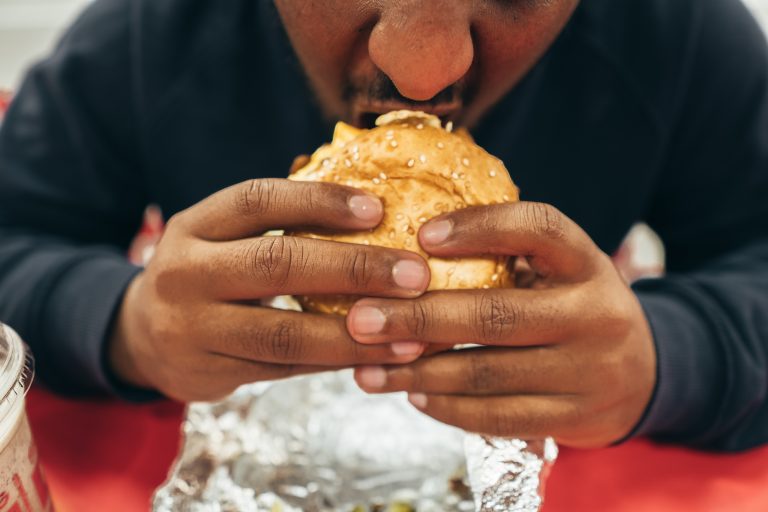Diversity in Eating Disorders

Eating Disorders Don’t Discriminate!
Culture, Race & Ethnicity
- The rate of eating disorders is similar among Non-Hispanic Whites, Hispanics, African-Americans, and Asians in the United States.
LGBTQ Community
- 15 percent of gay & bisexual men reported having a full or sub-threshold eating disorder at some point in their life, versus 4.6 percent of straight males
- Gay males are 7x more likely to binge & 12x more likely to purge than straight males
- Members of the LGBT community are at a higher risk of developing bulimia and anorexia nervosa
- In the United States, approximately 3% of men identify as being gay or bisexual; however, studies show that up to 42% of men who present with eating disorders identify as being gay or bisexual
- Lesbian women report higher levels of self-esteem regarding their body & sexual attractiveness. They also have a decreased tendency to adopt cultural standards for physical appearance
Men & Eating Disorders
- Between 5% and 20% of male university students are at risk for an eating disorder
- The typical age of onset for eating disorders in men is at 14 to 16 years of age
There are important differences in the way men experience eating & exercise disorders. According to Dr. Roberto Olivardia, researcher & co-author of The Adonis Complex, males tend to:
- Experience greater weight fluctuations than females
- Are more likely to be overweight or obese at the start of the eating disorder
- Have a clearer perception of their ideal body weight
- Pursue leanness & muscularity over thinness per se
- Binge more often, especially on carbohydrates
- Exercise excessively
- Have an increased prevalence for substance abuse
- Have more sexual conflicts
- Be less likely to seek treatment
Age & Eating Disorders
While it was once believed that eating & body image concerns were limited to adolescent or young adult females, research tells us that in the past decades…
- More women of diverse ages are admitting that they struggle with body image & disordered eating
- While the reasons for this are complex & not yet fully understood, we know that in today’s contemporary society, women experience unprecedented stress due to:
- Rapidly changing roles in a globalized consumer culture
- Strict cultural standards regarding women, weight, & appearance
- Unattainable media images
- Current fear of obesity
- Ways body image & disordered eating may “look” different for older populations:
- Shame & embarrassment for having a “teenager’s problem”
- More years speaking the “language of fat”
- Greater difficulty admitting the need for help
- More motivation for treatment
- Greater awareness of what they have lost due to their eating or body image issues
- More obstacles to treatment due to other responsibilities
- Increased anxiety about appearance/ health due to natural aging process
- Multiple stressors & losses that accompany adult development.
Sharing and printing options:
